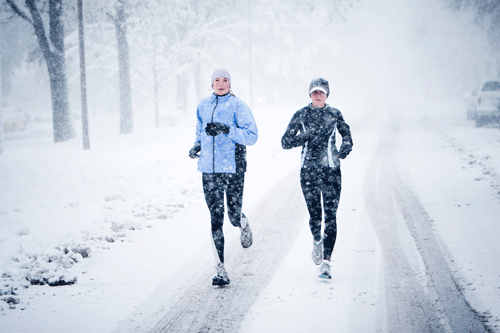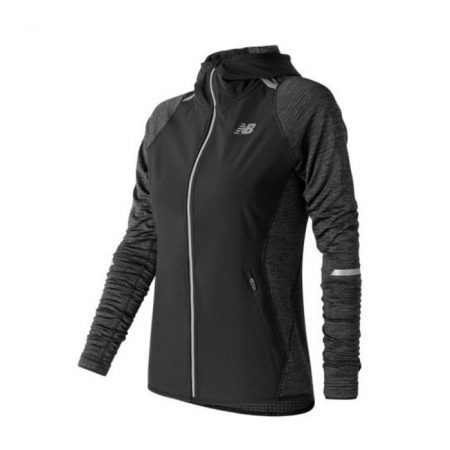Cold Weather Running Gear
Runners who live in colder climates or climates with the possibility of a couple colds snaps a year undoubtedly face a common question: Should I run outside, run inside on a treadmill, or temporarily stop my training until it gets warmer? Being a Minnesota-based organization, we know a thing or … Read More













